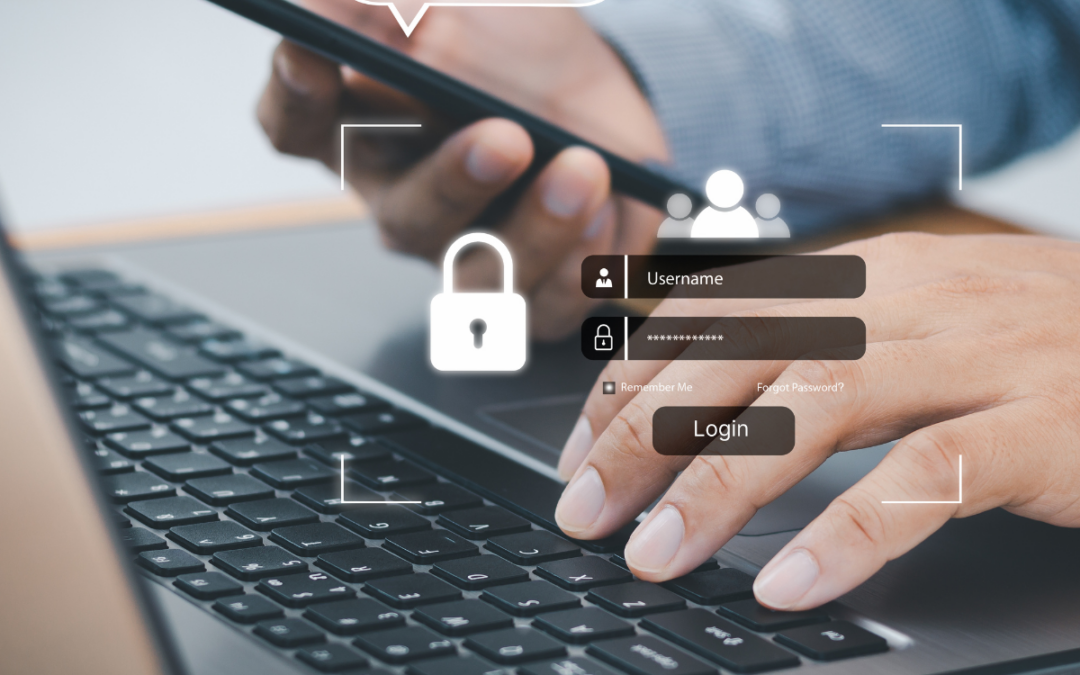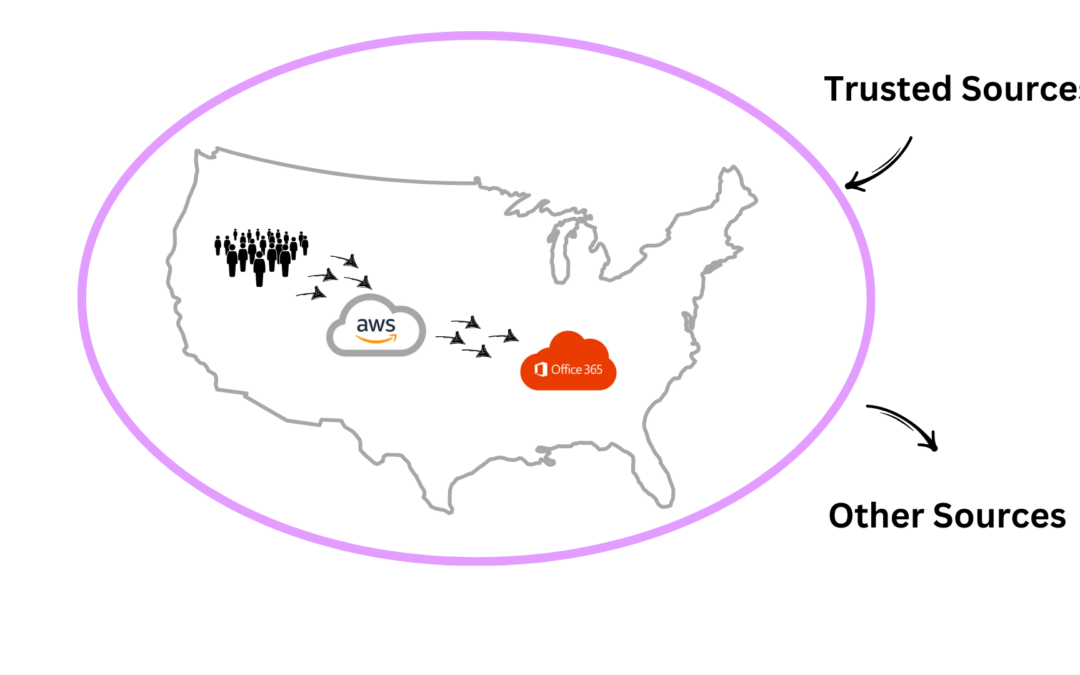
Deepfake Fraud: The $40 Billion Threat Targeting Small Businesses
By John Hensberger, Founder, Black Bottle IT
Small business owners, we need to talk about deepfakes. And this isn’t a conversation about futuristic technology or Hollywood special effects – this is about an immediate, devastating threat that’s targeting businesses exactly like yours right now.
The Numbers Don’t Lie: Deepfake Fraud Has Exploded
The statistics are staggering and should keep every business owner awake at night. Deepfake fraud attempts have exploded by over 3,000% in 2024. Let that sink in – a thirty-fold increase in just one year.
But here’s what makes this even more alarming for small businesses: criminals aren’t just targeting Fortune 500 companies anymore. They’re specifically going after smaller businesses because they know you don’t have the enterprise-level security that larger corporations deploy.
What’s Actually Happening to Businesses Like Yours
These aren’t theoretical attacks. They’re happening every single day:
The Fake CEO Call: Your phone rings. It’s your CEO or business partner, asking you to wire money urgently for a “confidential deal.” The voice sounds exactly right – because AI has cloned it perfectly from videos on your company website or social media.
The Deepfake Video Conference: You receive a video call from your biggest client requesting changes to payment information. You can see their face, hear their voice, and everything seems normal. Except it’s not them – it’s a sophisticated deepfake created from their LinkedIn photos and recorded presentations.
The Trusted Vendor Scam: A long-time vendor sends you an email with an attached video message explaining new payment procedures. The face and voice are perfect matches, but the bank details route money straight to criminals.
These scenarios aren’t science fiction. A multinational engineering firm lost $25 million when an employee was fooled by a deepfake video conference call. An 82-year-old business owner drained his retirement fund investing $690,000 in a deepfake Elon Musk cryptocurrency scam.
The Knowledge Gap That’s Putting You at Risk
Here’s the brutal truth about where most small businesses stand today:
- 71% of people worldwide don’t know what deepfakes are (Iproov survey)
- 1 in 4 company leaders have little to no familiarity with deepfake technology
- Small businesses lose an average of 10% of annual profits to successful deepfake attacks
- More than half of companies haven’t provided any training to employees on deepfake threats
While you’re focused on running your business, serving customers, and driving growth, criminals are perfecting AI tools specifically designed to exploit companies of your size. They’re betting on the fact that you don’t have dedicated cybersecurity staff and that your employees haven’t been trained to recognize these sophisticated attacks.
Why Traditional IT Support Isn’t Enough
Your current IT provider may excel at repairing computers, managing your network, and keeping your systems. But deepfake fraud operates in a completely different realm. It exploits human psychology, not technical vulnerabilities.
These attacks bypass traditional security measures because they don’t target your firewall or antivirus software. They target your people. And unless your IT support understands both the technology behind deepfakes AND the psychology of social engineering, they can’t protect you from this threat.
The Real Cost of Being Wrong
For a small business, one successful deepfake attack isn’t just a financial loss – it could be a company-ending event. Consider the real costs:
Direct Financial Loss: The immediate theft of funds, which averaged $500,000 per successful attack in 2024.
Business Disruption: The time spent dealing with law enforcement, banks, insurance companies, and trying to recover stolen funds.
Reputation Damage: Customers losing trust when they learn your business fell victim to fraud.
Legal Complications: Potential liability issues if customer data or funds were compromised.
Recovery Costs: The expense of implementing new security measures after an attack.
For many small businesses, these combined costs would be impossible to absorb.
What You Can Do to Protect Your Business
The good news is that deepfake fraud is preventable when you know what to look for and implement the right defenses. Here’s what every small business needs to do immediately:
Independent Verification: Your First Line of Defense
Never act on suspicious requests without verification through trusted channels. This is your most critical defense against deepfake fraud.
- If someone calls requesting money transfers or sensitive information, hang up and call them back using contact information you have on file
- Don’t trust the caller ID – criminals can spoof phone numbers to make calls appear to come from trusted sources
- For video calls, ask specific questions that only the real person would know, or reference recent conversations or inside information
- Establish verification protocols with key vendors, clients, and employees before you need them
Implement Multi-Layer Defense
Deploy multiple security measures that work together:
- Multi-Factor Authentication (MFA): Require additional verification beyond just passwords for all critical systems
- Advanced Email Filters: Use business-grade email security that can detect sophisticated phishing attempts and suspicious attachments
- Limit Public Information Sharing: Reduce the amount of video and audio content featuring key personnel on your website, social media, and public platforms – criminals need this content to create convincing deepfakes
- Financial Controls: Implement dual approval processes for any money transfers above a certain threshold
Employee Training: Your Human Firewall
Your employees are both your greatest vulnerability and your strongest defense.
Regular training should cover:
- How to recognize common social engineering tactics
- What deepfakes are and how they’re used in business fraud
- Your company’s verification procedures for unusual requests
- Red flags to watch for in phone calls, emails, and video communications
- Who to contact immediately if they suspect an attack
This training isn’t a one-time event. Criminals constantly evolve their tactics, so your team’s knowledge needs to evolve too.
The Bottom Line: You Can’t Afford to Wait
Deepfake fraud isn’t coming to small businesses – it’s already here. While you’re reading this, criminals are using AI to clone voices, create fake videos, and target businesses exactly like yours.
The question isn’t whether these attacks will continue to grow (they will). The question is whether your business will be prepared when criminals target you.
At Black Bottle IT, we protect businesses from threats that traditional IT providers don’t even understand exist. We don’t just maintain your technology – we defend against the sophisticated, AI-powered attacks that could devastate your business overnight.
Don’t wait until you’re the next headline. The time to act is now, before the criminals come calling with your CEO’s voice asking for that “urgent” wire transfer.
Ready to protect your business from AI-powered fraud? Contact Black Bottle IT today to learn how we can defend your company against deepfake attacks and other emerging cybersecurity threats.
John Hensberger is the founder of Black Bottle IT, a cybersecurity-focused managed service provider specializing in protecting small and medium businesses from emerging digital threats. With years of experience in cybersecurity and business technology, John helps companies navigate the complex landscape of modern cyber threats while maintaining operational efficiency.





